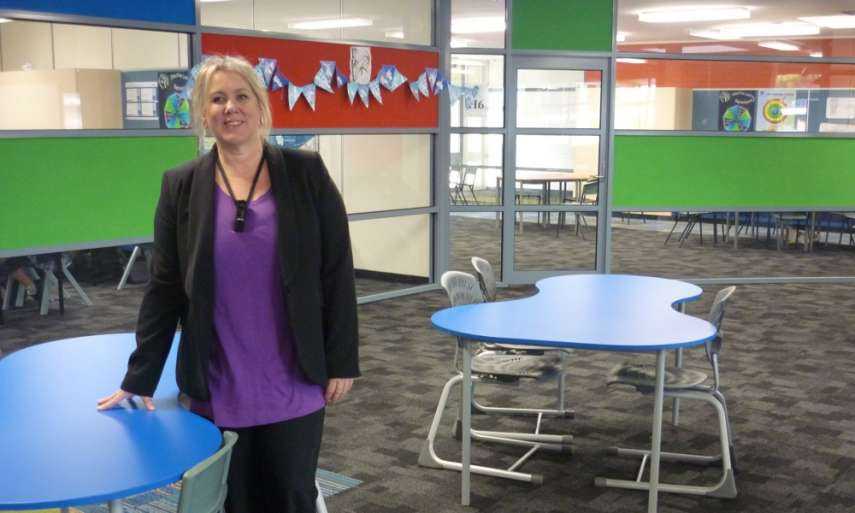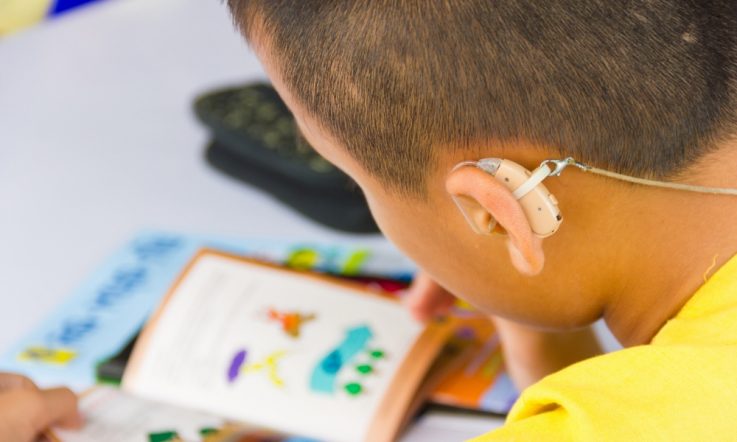Video resources are a common teaching tool and devices such as digital cameras, smartphones and tablets are enabling students and educators to become creators, not just consumers, of content.
Whether you're creating your own footage from scratch or showing a DVD or online clip, have you thought about adding or switching on captions?
Melbourne's Forest Hill College is home to a specialist Deaf Facility that caters for 26 secondary students, but captioning is embedded as a whole school policy.
'[The captioning policy] wasn't just for our deaf and hard of hearing students, although that was probably the catalyst,' Deaf Facility Coordinator and Leading Teacher, Amanda Purcell, says.
'It was for all of our students for a number of different reasons, [including] students learning English as a second language, even just the literacy approach to have the words running across the screen.'
A large amount of the captioning is done by a team of staff at the school. 'Particularly with YouTube clips, which are now so popular, and embedded videos in eBooks,' Purcell points out.
'They're a really dedicated team ... they sit there with headphones on [physically typing it in]. If we've got an assembly coming up and someone wants to show a one minute clip it takes them probably about an hour to caption it.'
Software used by the team includes the free programs Subtitle Edit and Subtitle Workshop. They can also send DVDs to the Victorian Deaf Education Institute caption centre in Bendigo.
Not-for-profit organisation Media Access Australia says, in addition to supporting deaf and hearing impaired students, captioned content can also benefit visual learners, students with learning difficulties and those from non-English speaking backgrounds.
In addition to bringing in a whole school captioning policy, Forest Hill has improved the acoustics and sound distribution across its learning areas.
After receiving a grant through the state education department's Accessible Buildings Program, the school was able to install sound field systems in almost all of its classrooms. Speakers evenly distributed throughout the room are connected to a small microphone worn by the teacher.
'It cleans up the sound of the voice,' Purcell explains. 'It's not like a PA system where it comes out louder, it filters out all the background noise and brings through a really clear voice so that students sitting at the back of the classroom are hearing equally as well as those at the front.'
Principal David Rogers says the whole school policy is about 'genuine inclusion' and providing students with 'equal, fair access' to facilities at all times, rather than teachers only using the sound system or switching on captioning when they have a deaf student in class.
'We also put acoustic treatments in the ceilings and on the walls and they've been really effective,' he says. 'We're about to do a refurbishment of several classrooms and our money will fund those acoustic treatments, because it's good for all kids. What's good teaching practice for deaf kids, is good teaching practice for all kids.'
Captioning software used by the team at Forest Hill College includes the free programs, Subtitle Edit and Subtitle Workshop.
Media Access Australia's annual cap that! campaign - encouraging educators to turn on captions for all students - was launched last month.



